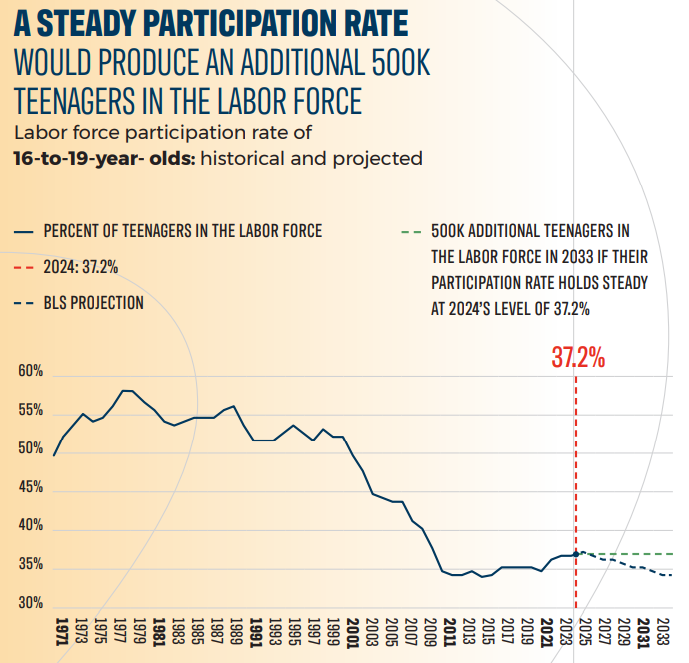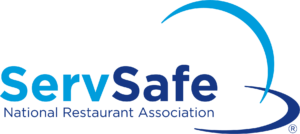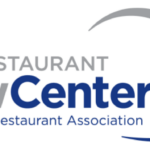According to the National Restaurant Association’s 2025 State of the Industry report, teen participation in the restaurant and foodservice industry reached its highest level since 2009, with 37.2% of 16- to 19-year-olds joining the industry’s workforce in 2024.
The impact is significant. “If the participation rates of 16-to-24-year-olds in the labor force hold steady during the next decade instead of declining as the BLS projects—it would result in an additional 1million teens and young adults working in the industry.” Sources: BLS, National Restaurant Association.
With this in mind, how can you effectively develop and retain this valuable workforce in your business and community? What strategies would help this labor force thrive?
Join us as Amy Burns, president and CEO of Anthony’s Restaurants, and her daughter Carly Burns, a former teen team member, share their unique perspectives.
Also don’t forget these important resources: The Washington Hospitality Association’s Handbook for Excellent Restaurant Operations, (HERO) and Handbook for Amazing Lodging Operations (HALO), provide comprehensive guidance for employers hiring workers younger than 18.
If you find yourself needing additional support, don’t hesitate to reach out to our Advisory Network for expert advice.
And our Employee Recruitment toolkit also has a special tab designated to inform you about teen labor laws.
Q&A with Amy Burns, Anthony’s president, CEO and owner
According to the National Restaurant Association’s 2025 State of the Industry report, 37.2% of teens (16-to-19-year-olds) were in the restaurant and foodservice industry labor force in 2024–the highest level since 2009. What strategies have you found most effective in attracting and retaining teen workers?
We need to significantly increase our summer staff to support the high seasonal volume across the Northwest, and we’ve found a few key strategies that really resonate with teen workers. Promoting schedule flexibility has been essential—many of our team members are students, and being able to work around their school and personal commitments makes a big difference. We also lean into team referral bonuses, which help us bring in new hires who already have a connection to our culture and often share a similar work ethic. One approach that’s been especially meaningful is our seasonal scholarship program. We offer scholarships to students who return the following summer, which not only supports their educational goals but also helps us bring back familiar faces that our guests recognize.
We make it a point to regularly promote our referral program to the team and track where our best referrals are coming from—it helps us keep the program fresh and shows our team that their recommendations really matter. It’s been a great way to build strong crews that already have a sense of connection and trust.
On the scholarship side, we’ve found that leading with education support in our job postings and at hiring events really catches the attention of students who are thinking about both work and school. Offering a scholarship after a certain tenure milestone, like six months, gives team members a clear goal to work toward and encourages them to stick around. It’s a win-win: they get help with school, and we build a more experienced, committed team.
What unique opportunities do you provide for teens that might differentiate your restaurant as an employer of choice for young workers?
We prioritize mentorship, training and growth. Teens working with us aren’t just clocking in—they’re learning real-life skills like communication, accountability, time management and leadership. We intentionally create pathways for those who want to move up, offering development opportunities and one-on-one guidance from seasoned team leaders, managers and HR who are invested in their success.
Just as important is our team culture. We’ve built an environment where young workers feel valued, supported, and part of something bigger. It’s a place where friendships form, contributions are recognized, and hard work is appreciated. That positive culture, paired with our commitment to education and development, makes our restaurants a place where teens don’t just work—they thrive.
Can you share if and how employing teens has positively impacted your restaurant’s operations, team dynamics and overall business performance?
Employing teens has had a truly positive impact on our restaurant operations, team dynamics, and overall business performance. They bring a noticeable energy and enthusiasm to the workplace—there’s a curiosity and eagerness to learn that uplifts the entire team. Having younger team members also helps create a healthy balance within our crews, blending experience with fresh perspectives. This dynamic naturally fosters a culture of mentorship, giving senior staff the chance to step into leadership roles and support the development of others, and also gain new perspective from our teens. Hiring teens has helped us build a strong internal pipeline of future leaders. Many of our most dependable and successful long-term team members got their start with us as teenagers, and investing in them early has paid off in loyalty, performance, and continuity.
Have you seen any teen employees grow within your organization? Can you share a success story of a teen worker who has advanced or benefited from their experience?
Many of our leaders—including myself—began working in high school, often just looking to earn a little gas money! Creating career opportunities has always been a core value of our founder, Budd Gould—who is also my father. Over the years, he’s helped countless individuals grow within the company, and today we’re proud to have over 200 team members who’ve been with us for more than 10 years. One great example is Dave Olson, now a director of operations, who started with us at age 17 as a busser at our Everett HomePort location back in 1990.
What challenges have you encountered in hiring and managing teen workers and how have you addressed these challenges?
Limited availability, labor law restrictions, transportation issues, lack of work experience (more training needed).
How does today’s teen workforce differ from that of 10-20 years ago, and what adjustments, if any, has Anthony’s had to make to adapt to the changing expectations of today’s teen workforce compared to previous generations?
Technology is a big one. Today’s workforce likes to communicate and access resources on their phone, and we are in the process of modernizing our technology for efficiency and improved communications.
Questions for Carly Burns- Anthony’s family member and former teen team member
What initially motivated you to start working in your family’s restaurant during your teenage years?
Working in my family’s restaurant was something of a tradition—my mom worked there when she was young, and so did my sisters and cousins. Naturally, I wanted to be part of that. But beyond the family connection, I was motivated by the chance to learn. I saw it as an opportunity to gain real-world experience, be part of a team and understand how to deliver great customer service. It was a hands-on way to build confidence and communication skills that I knew would help me in any job.
How did working in the restaurant during your teens shape your understanding of the foodservice industry and your career perspectives?
It gave me a deep appreciation for how much effort goes into creating a great guest experience. I learned how every role—from the kitchen to the front of house—plays a part in making things run smoothly. That shaped how I approach service today, not just professionally but as a customer too. I pay more attention to the work behind the scenes, tip with intention and recognize when people go above and beyond. It also helped me realize how valuable hospitality skills are in any career—teamwork, problem-solving and thinking on your feet translate everywhere.
From your perspective as a young worker, what do you think restaurants can do to make jobs more attractive to teens and young adults?
One of the things that made working at Anthony’s Kirkland HomePort especially rewarding was the team environment—many of us were around the same age, and it felt like a social community as much as a workplace. I built long-term friendships there, which made the job fun and something I looked forward to.
Restaurants can make jobs more attractive by creating that kind of peer-supported environment, offering flexibility for school schedules, and providing performance-based earning opportunities—like how tips allowed me to earn more than my hourly wage. What really stood out, though, was Anthony’s seasonal return incentive. College students who came back to work the following summer received a bonus at the start of the season. That kind of practical support, especially when you’re balancing tuition and living costs, is a huge motivator to stay loyal and return year after year.
What advice would you give to other restaurant owners about creating a supportive and engaging environment for teen workers?
My biggest advice is to create an environment where teen workers feel both valued and connected. That starts with fostering a team culture where they can relate to their peers, form friendships and feel like they’re part of something bigger than just a job. Having coworkers close in age makes work feel like a community, not just a shift.
It’s also important to respect their school schedules and understand they’re balancing a lot. Flexibility goes a long way in building loyalty. But what really makes a difference is leadership—managers who act as mentors and take the time to teach us valuable, transferable skills. When you treat teen workers as future professionals and help them grow in real time, it builds confidence and prepares them for lifelong careers, whether or not they stay in hospitality.
Finally, offering tangible incentives—like tip-based earnings, growth opportunities, or seasonal return bonuses—helps show young workers that their effort matters. At Anthony’s, the return bonus for college students was a perfect example of support that motivated us to come back.
Support, mentorship and a little fun can turn a part-time job into a career-shaping experience.
















